Are You Mindful or Mind Full?
“WHEREVER YOU GO, THERE YOU ARE”
JON KABAT-ZINN
Mindfulness at work is about creating an awareness that helps you to accomplish more within a shorter time. It helps you to become more present and attentive which again helps you engage with your team and work at a deeper level.
MINDFULNESS AT WORK
“Mindfulness is the ability to know what’s happening in your head at any given moment without getting carried away by it.”
Dan Harris
MINDFULNESS IS A SUPERPOWER
A NEW LEADERSHIP SKILL?
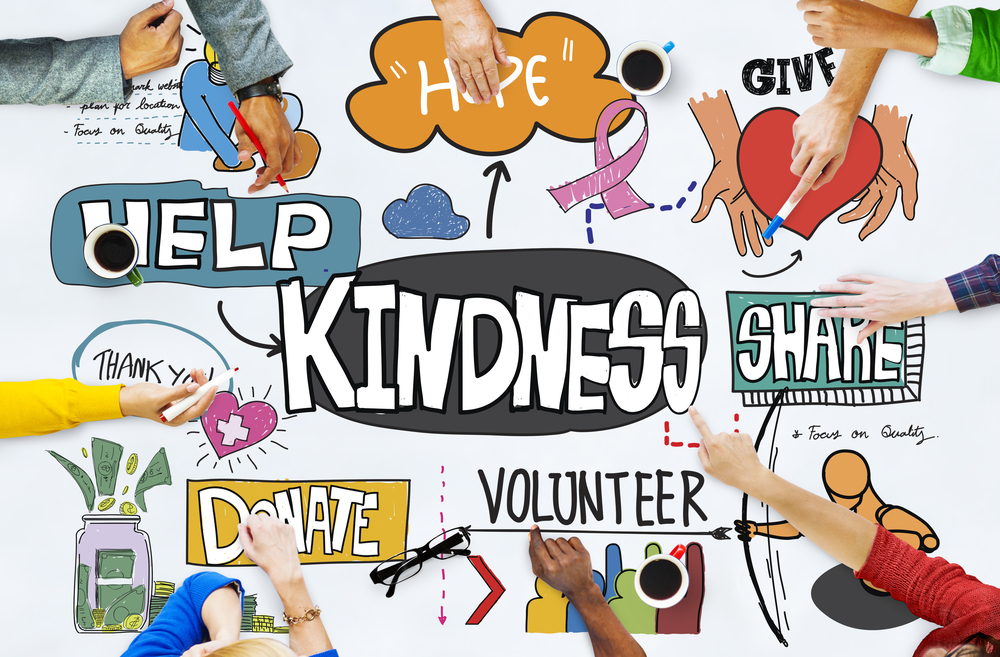
BUILD EMPATHY, UNDERSTANDING AND STRENGTHEN RELATIONSHIPS
MINDFULNESS READINESS?
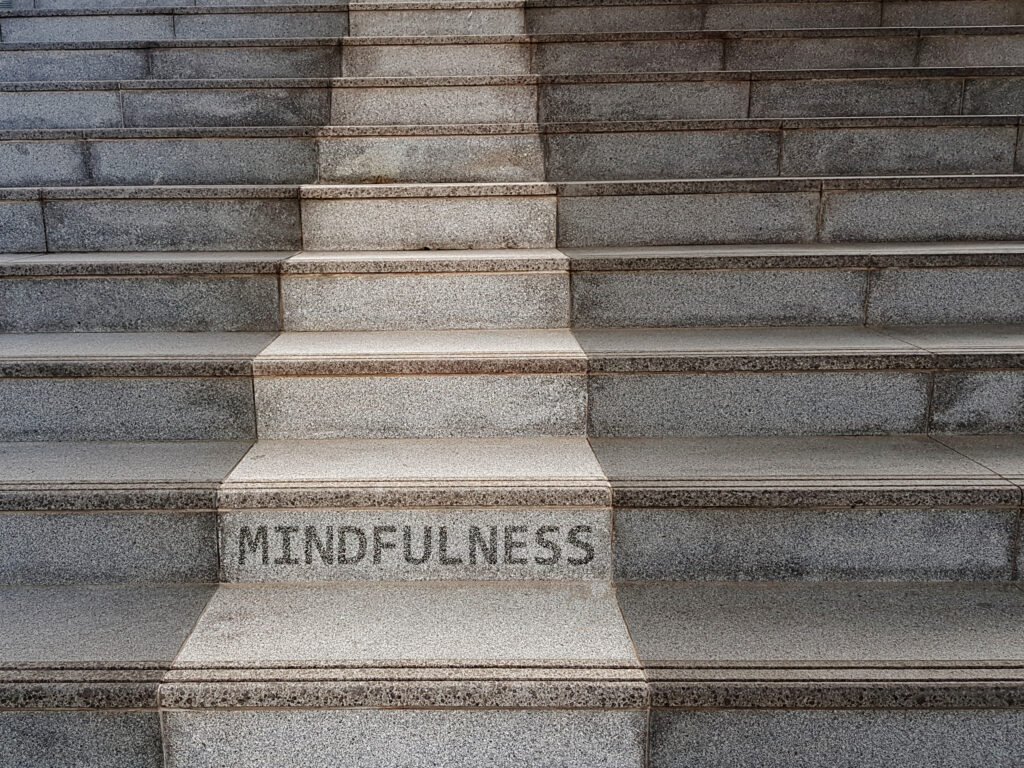
BECOME MINDFUL STEP BY STEP
Mindfulness is a state of being present in a non-judgemental way. It takes focus away from both the past and the future to direct attention to becoming more aware of emotions, beliefs and actions in the present: now.
When you know what is truly happening within and around you, it makes you more aware and thus more capable of responding with kindness and without judgement.
Starting a mindfulness practice can seem overwhelming and almost exoteric at first glance.
Below you will find
four small practices to get started – hopefully developing a taste for a more unbiased and accepting present:
- Active listening
Next time you are in a meeting with colleagues, focus on being present and listen actively to what is being said with the intention of understanding rather than answering.
In the beginning this can seem strange and non-participative. Here it can help to inform your colleague(s) about your practice and then jot down key thoughts on a piece of paper so that you have them for later, but still with the aim of understanding rather than making your point heard.
- Mindful walking
How often do we rush from one place to the other without noticing how we got there or what we passed? Try to walk mindfully next time you have to go to another place – either in the same building or outdoors. Pay attention to your walk: how you take steps and how it feels when you touch the surface. Become aware of the surroundings, the colours and smells and how all those touchpoints with the environment or nature impacts you. Notice these feelings and thoughts without judgement – just let them be and let go.
- Practice gratitude
Practicing gratitude is another way of becoming more present and mindful.
Create a gratitude journal where you each day note down 3 actions/people/things that made you grateful that day and most importantly note why it made you grateful.
Another way is to make it a habit to notice when you feel grateful and express the thank you immediately – in general or to the specific person. Here an added advantage will be a smile back from your colleague which is always worthwhile
- Body scan meditation
Sit upright with a straight back. Focus deliberately on each part of your body from toe to head or from head to toe. It is important to become aware of any sensations, emotions or thoughts that you associate with each part of your body. Do not ponder on the feeling or thought. Just become aware of it, accept it and let it go. Then move on to the next body part.
Remember the 21/90 rule? It is much easier to remain consistent and become more mindful when you do it together with someone.
At a team level, get colleagues involved. Make a game out of it. Or at a company level, launch a campaign or challenge, implement it in your wellbeing or engagement program or organise a lunch’n’learn on the topic.
How can you convince management? Put the focus on the bottom-line of mindfulness: efficiency 
Yesterday is history, tomorrow is a mystery, today is a gift, which is why we call it the present.
Bill Keane
WANT TO RECEIVE OUR LATEST THOUGHT LEADERSHIP CONTENT?
Related posts
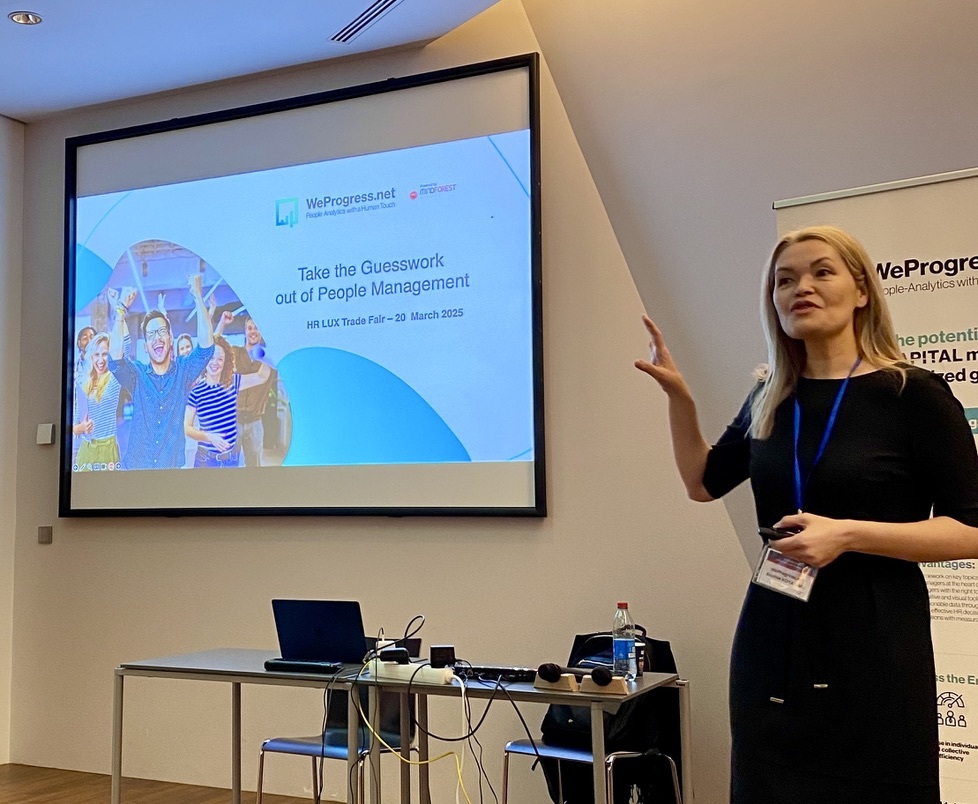 Take the Guesswork out of People Management
Take the Guesswork out of People Management
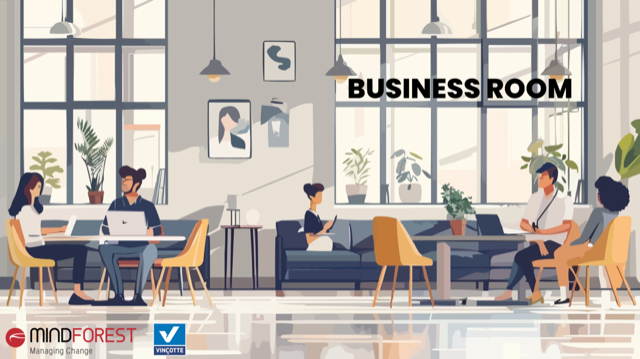 From processes to people: achieving quality
From processes to people: achieving quality
 Daring to lead Positive Transformation: What if Positive Emotional Capital was your key to sustainable change?
Daring to lead Positive Transformation: What if Positive Emotional Capital was your key to sustainable change?
 Why hire Change management professionals? We can do it alone!
Why hire Change management professionals? We can do it alone!
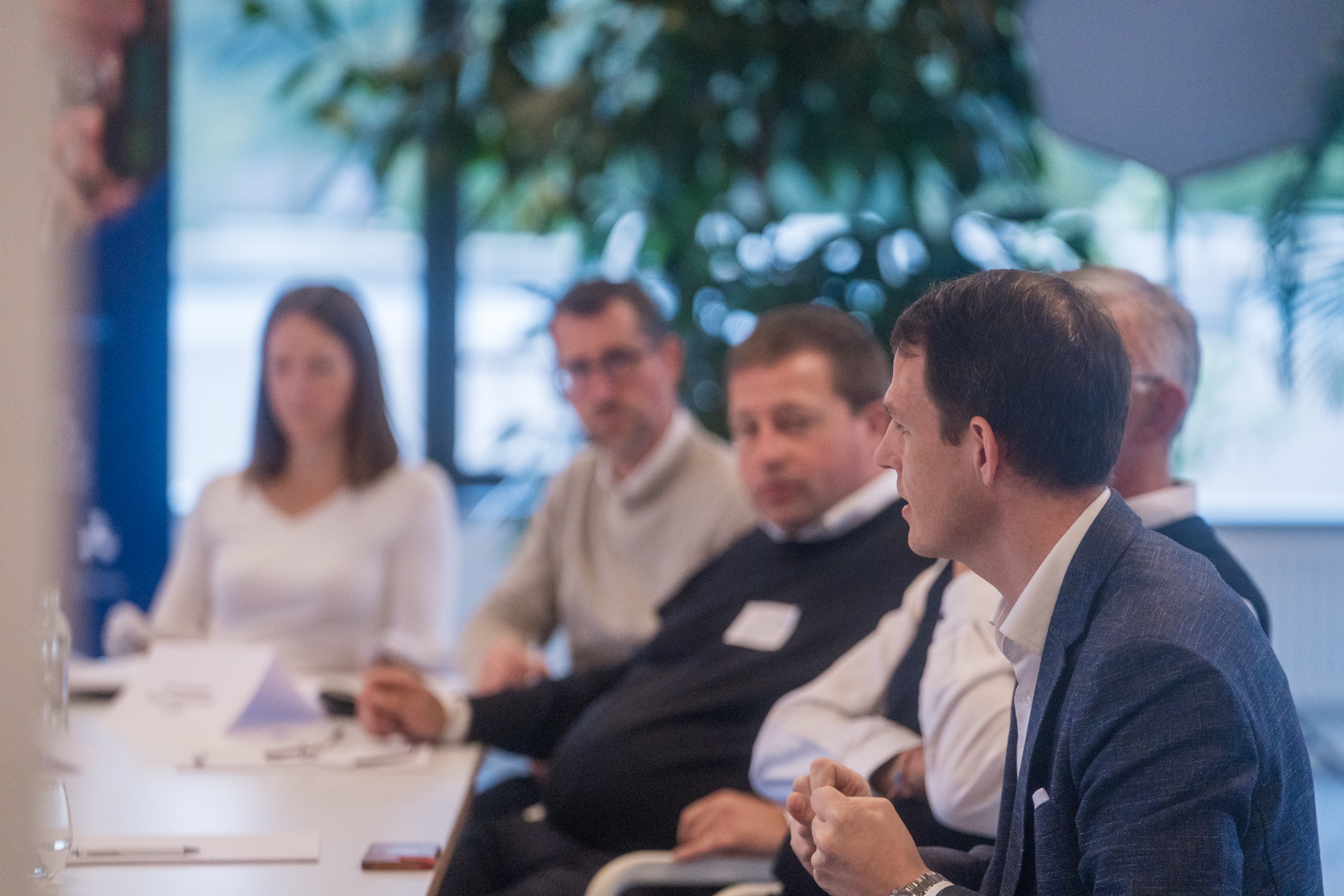 Digital Transformation and Change Management: Lessons shared in an event hosted by Cebi and MindForest
Digital Transformation and Change Management: Lessons shared in an event hosted by Cebi and MindForest



